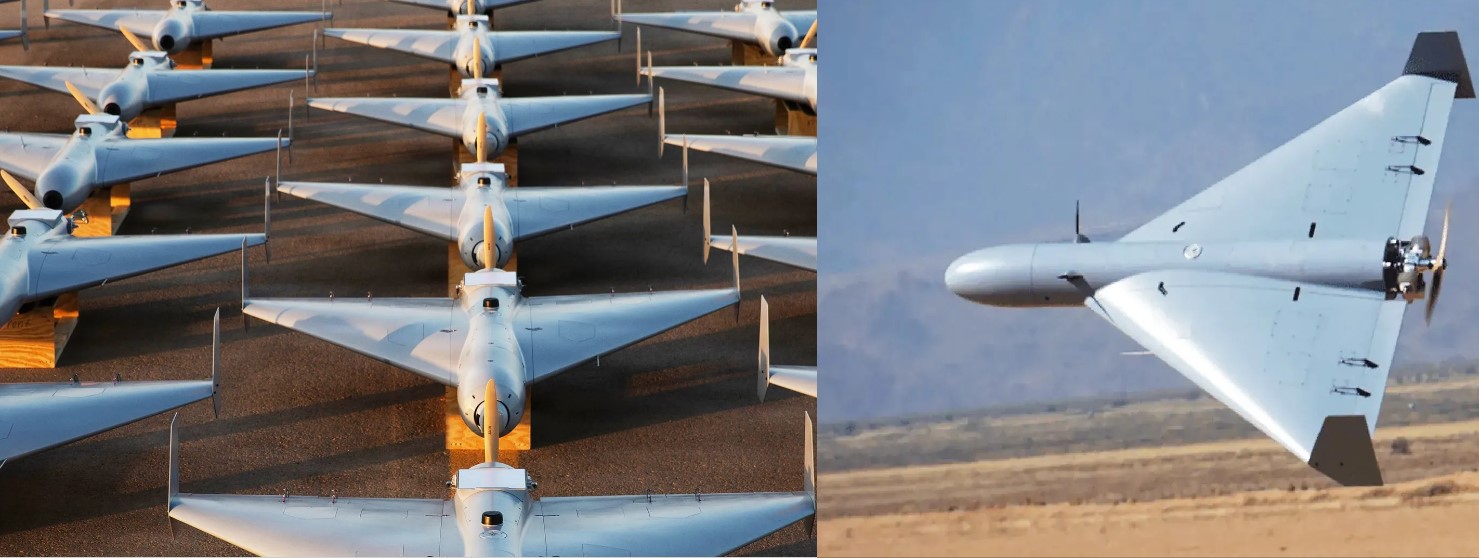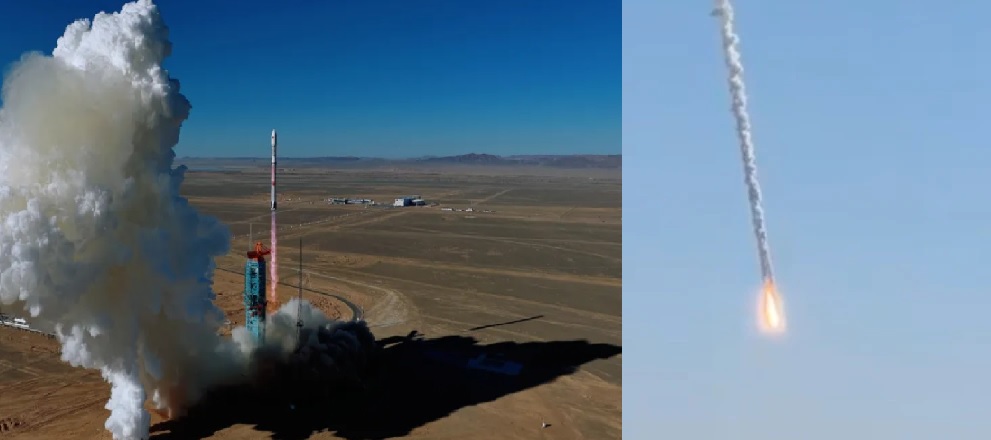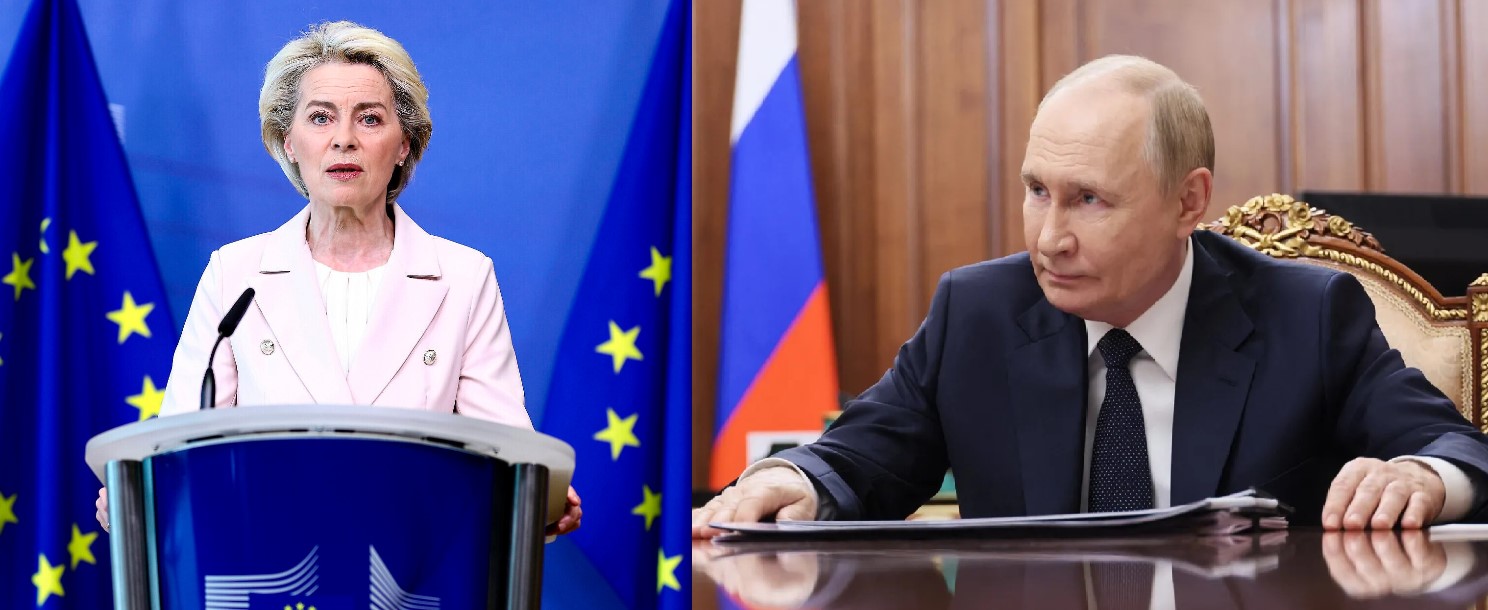Propaganda in the Skies: Debunking Claims of Rafale Kill by Pakistan’s PL-15 Missile at 200km

In a surprising and controversial report, Reuters has claimed that during a recent India–Pakistan aerial confrontation—allegedly named Operation Sindoor—a Chinese-made PL-15E missile launched from a Pakistani J-10CE fighter jet shot down an Indian Rafale aircraft at a range of over 200 kilometers. This narrative has set off a firestorm, not just for its military implications, but for the lack of evidence, dubious technical claims, and the questionable motivations behind such reports.
While the article paints a dramatic picture of a 110-aircraft night battle on 6–7 May, supposedly involving advanced platforms like Saab Erieye, Su-30MKIs, and Rafales, the biggest red flag lies in its unverified and highly exaggerated claim: that the PL-15 missile—a system known to have an operational engagement range of approximately 150 km in export variant (PL-15E)—managed to strike a Rafale at 200 km or more.
The Range Fallacy: Basic Physics or Fantasy?
Military experts and open-source defense analysts have been quick to challenge this report on several fronts:
-
PL-15E Range Cap: The export variant of the PL-15, officially acknowledged even by Chinese arms marketing material, is capped at 150 km. Claims of a 200+ km kill violate both international arms control regimes and the physics of high-speed aerial engagements, especially against highly maneuverable, stealth-optimized jets like the Rafale.
-
No Proof from Pakistan: The Pakistani military has not released a single radar track, gun camera footage, or wreckage evidence to support this “kill.” By contrast, India, during Operation Sindoor, provided concrete evidence of its precision strikes—including images of unexploded PL-15 missile remnants, satellite-confirmed destruction at targeted sites inside Pakistan, and credible intelligence showing that multiple Pakistani airbases were shut down for days following the attack. Despite this, global media agencies chose to ignore these verifiable facts while amplifying unsubstantiated claims from Pakistan.
-
Past Behavior Matters: Pakistan’s information warfare playbook has long relied on making lofty, unverified claims after conflict events—ranging from inflating damage assessments to denying obvious losses. Yet, many international outlets continue to amplify their claims without scrutiny, revealing a clear editorial bias or, worse, complicity in narrative shaping.
Reuters and the Selective Narrative Problem
It is concerning that a reputed news agency like Reuters would run a report citing unnamed “defense officials” while failing to verify critical facts, such as:
-
The actual range of the PL-15E missile.
-
The lack of third-party or sensor data corroborating any Rafale kill.
-
The absence of official confirmation from either Pakistan or India on the Rafale loss.
More alarmingly, while the article suggests “growing export interest” in Chinese missiles based on this engagement, it appears more like defense marketing disguised as journalism, serving the interests of Chinese arms manufacturers rather than readers seeking truth.
Why does Reuters fail to highlight India’s successful use of BrahMos strikes, or the fact that no Indian manned aircraft losses occurred after the first night, thanks to revised tactics and air defense? Why ignore that India's Rafales operate with Meteor missiles, which themselves outclass the PL-15E in both no-escape zone and range performance?
The Real Agenda: Undermining India’s Deterrence
This isn’t just about one missile or one jet. It's about perception warfare—a battle to shape narratives that favor adversaries like China and Pakistan while casting doubts on India’s military capabilities.
Despite India offering comprehensive situational reports, including sensor feeds, EW logs, and damage assessments, global agencies often choose to overlook these, while giving air-time to Pakistan’s unverified, unattributed, and unverifiable claims.
India has a modern air force, equipped with systems like the S-400, Netra AEW&C, Rafales with Spectra EW suites, and upgraded Su-30MKIs with Astra Mk1/2 missiles—none of which are easy prey in a real-world battlefield, let alone against systems that are unproven under live combat conditions.
The Bigger Question: Who Benefits?
With rising geopolitical tensions and growing defense exports from China, such stories create artificial hype around Chinese weapons—at a time when Beijing is desperately trying to penetrate global arms markets. By repeating claims like the “longest air-to-air missile kill in history” without demanding a shred of evidence, media houses become unwitting—or willing—participants in psychological warfare.
The burden of proof lies with the claimant. Until Pakistan provides verifiable proof of any such Rafale shootdown—including radar logs, wreckage imagery, or pilot status reports—such stories remain in the realm of speculative fiction, not defense journalism.
India must continue to call out this selective reporting, and readers must demand better: real analysis, real evidence, and not propaganda masquerading as news. When defense narratives are manipulated, it’s not just national pride at stake—it’s truth itself.
✍️ This article is written by the team of The Defense News.






